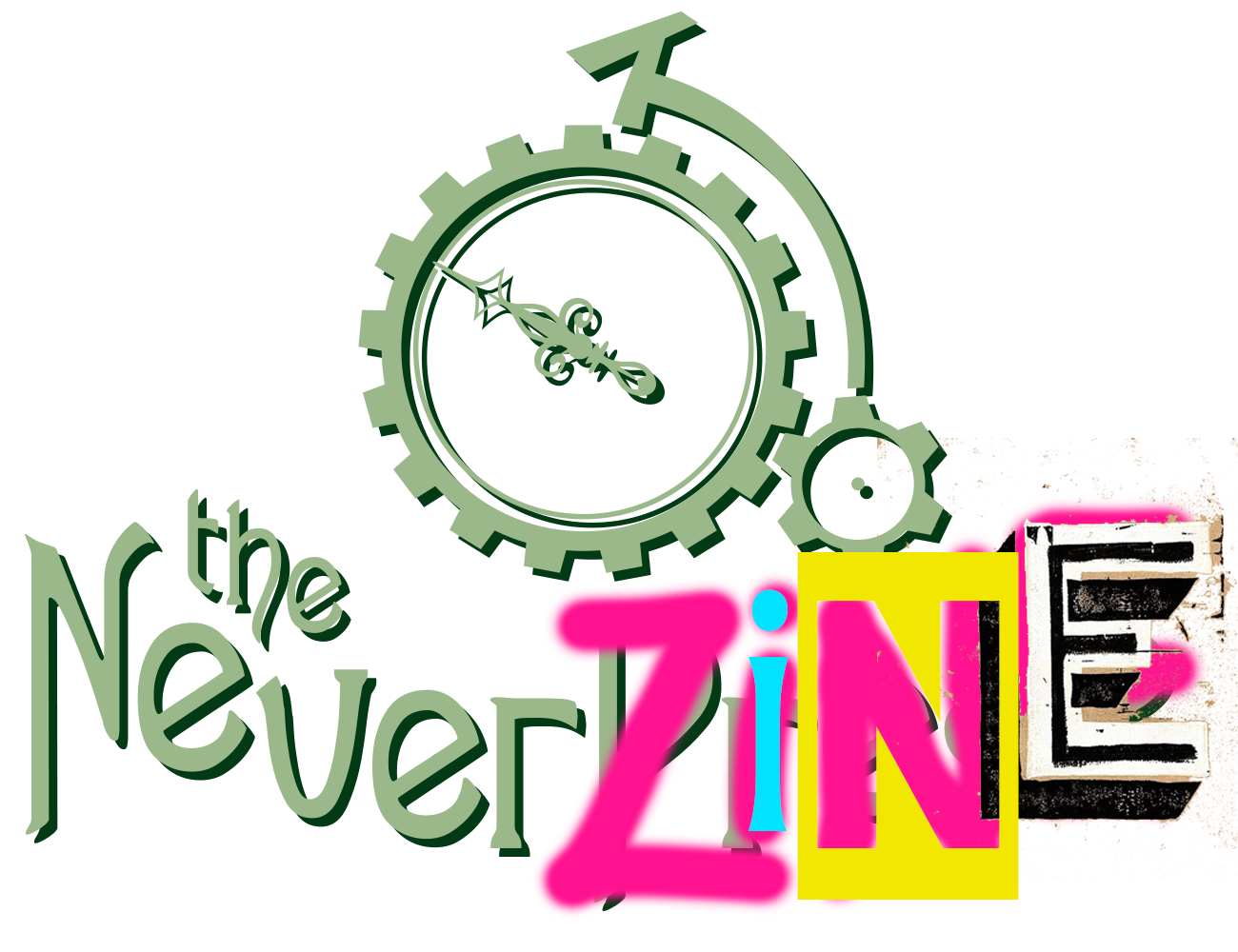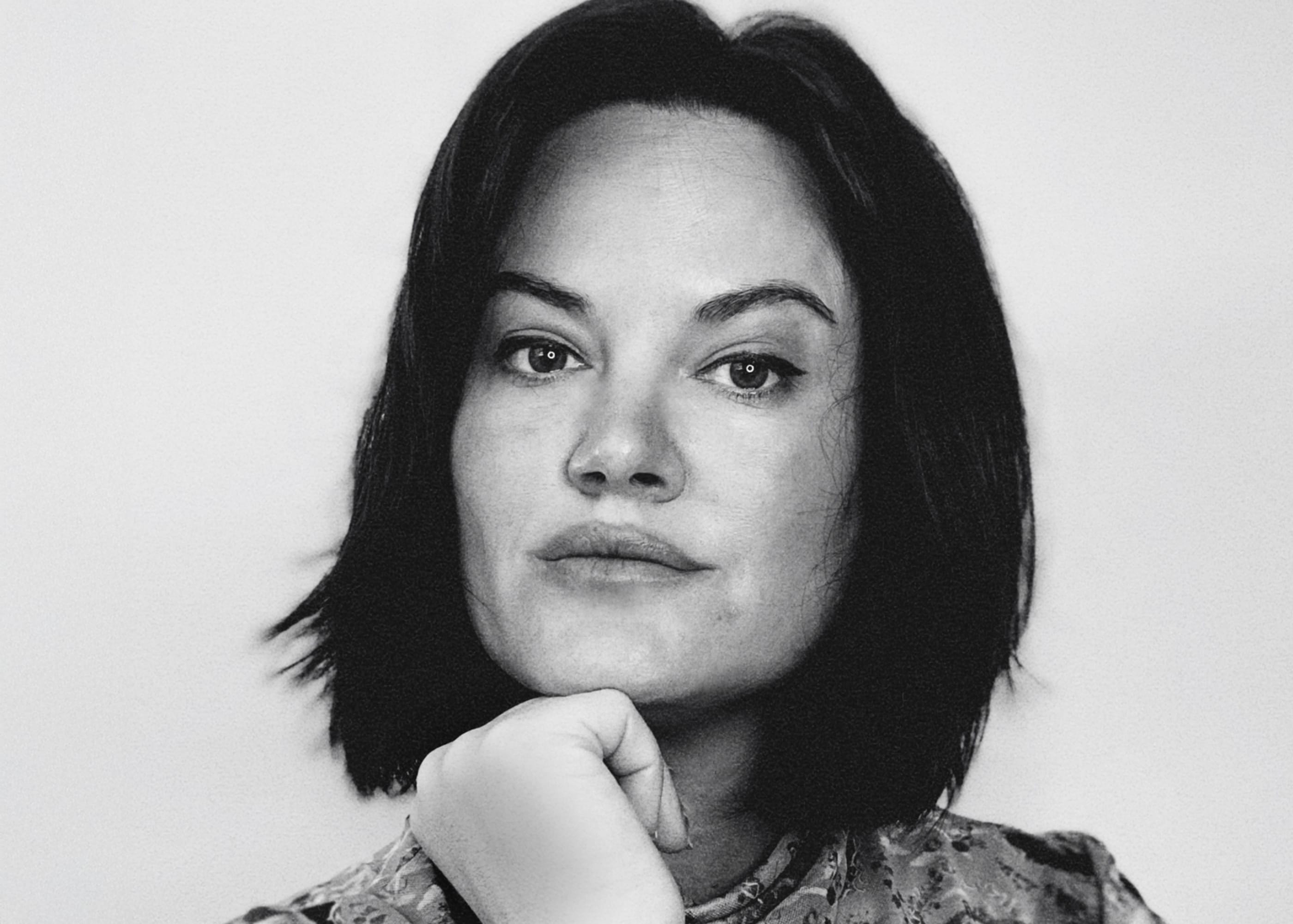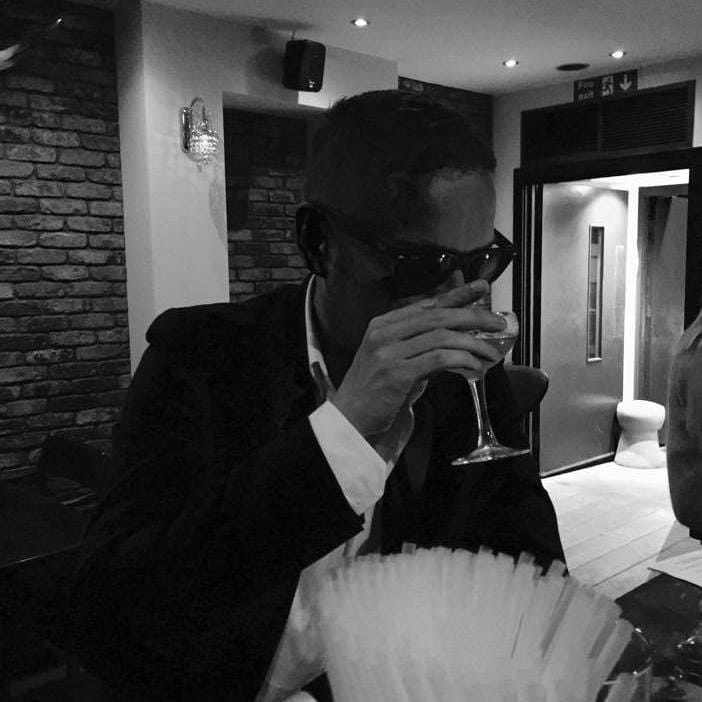Courtney Dixon has forged a hugely successful career in the high competitive world of branded content as well as the documentary filmmaking space.
By combining her innate visual storytelling panache, and empathic approach to subject and story, Courtney creates truly wonderful, thought-provoking and cinematic films. These films have met with great critical acclaim at festivals such as Tribeca, DOCNYC and Hot Springs Doc Fest. We were fortunate enough to bag some time with Courtney to chew over the ins and outs of creating such visually striking work while still maintaining an objective eye in telling people's truthful, authentic stories. If you're interested in documentary making, or curious to learn about vision, voice and trusting yourself as you navigate the working world, then this one will be of great interest. So without any ado going further, let's get into it...
Hey Courtney! Thanks for your time, let's not waste any of it - please tell us about your filmmaking journey so far...
I dropped out of film school—spent a ton of money and walked away without a degree, hoping I would find my way. I do not recommend that route! Shortly afterward, I won a couple of commercial contests and stumbled into advertising. Then I booked a random branded doc for a small company—and that was the spark. I fell hard for documentary work. So I pivoted. I was hired by a major health brand, built a creative team from scratch, and started directing their branded docs nonstop. That stretch was my true film school. Project after project, I found my rhythm—and my voice. By 2021, I was ready to go all in on directing, left my job and here I am...
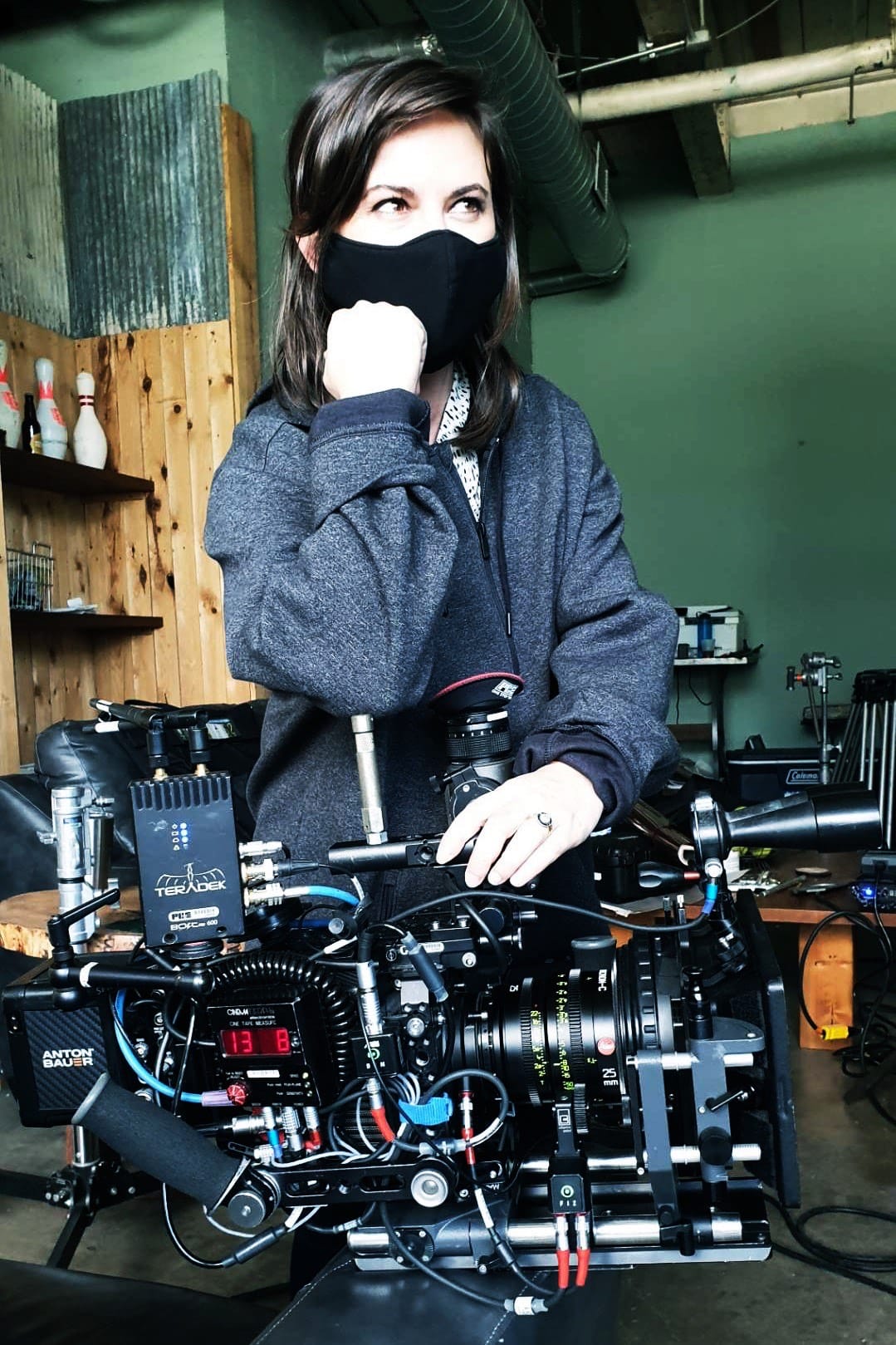
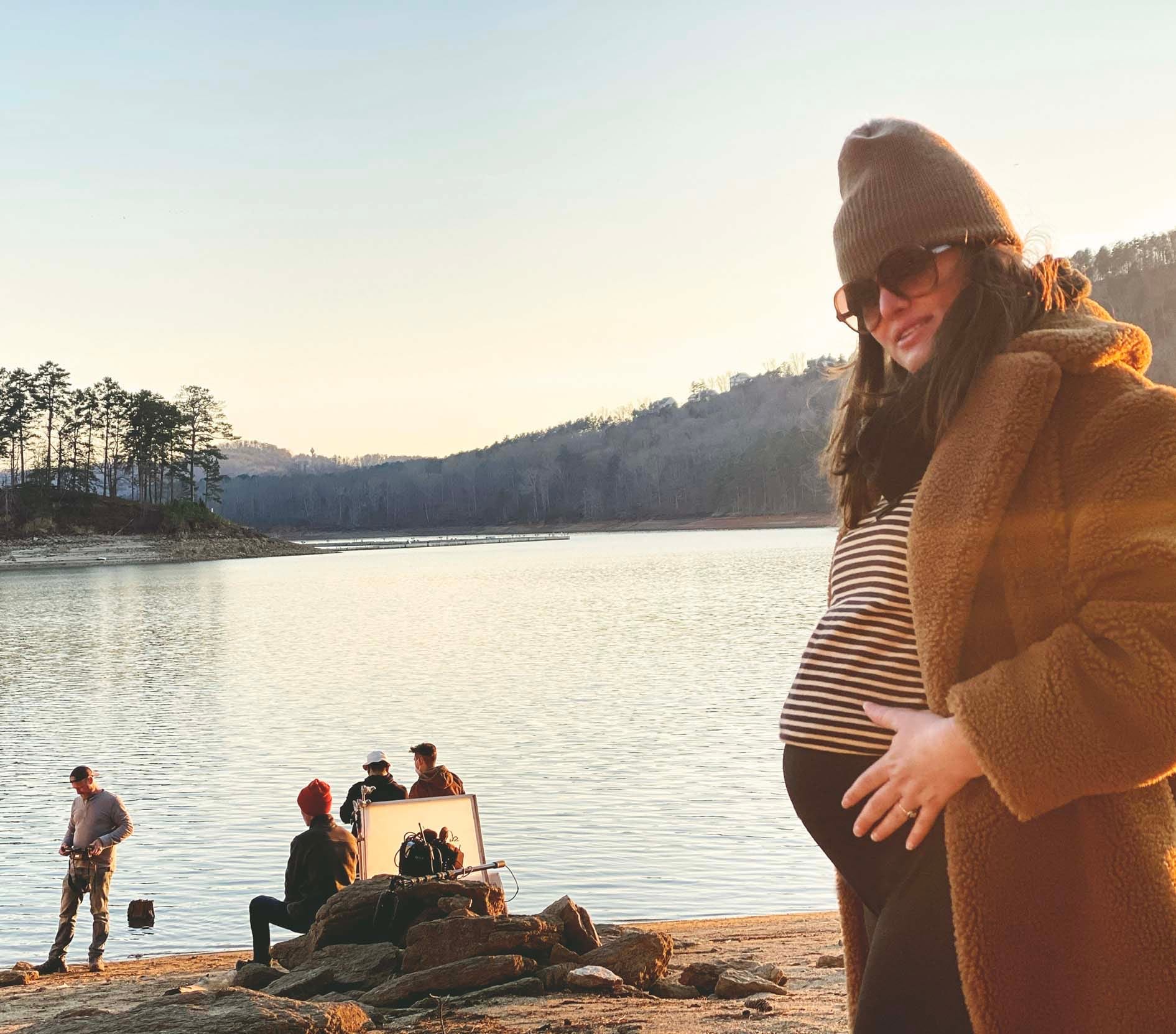
You say that ‘Real human emotion is visceral, and my goal is to make it visual’ – where did this goal come from?
This goal came to me gradually. I’ve always believed in that old saying—walk a mile in someone else’s shoes —and I wanted to bring that idea into my films. The turning point came in 2017 with a project on schizophrenia. It’s a condition that’s deeply visual for the person living with it, so I focused on crafting imagery that let viewers feel flashes of that chaotic inner experience. That film ended up being nominated for Tribeca X—and that recognition gave me the fuel to keep pushing this approach even further.
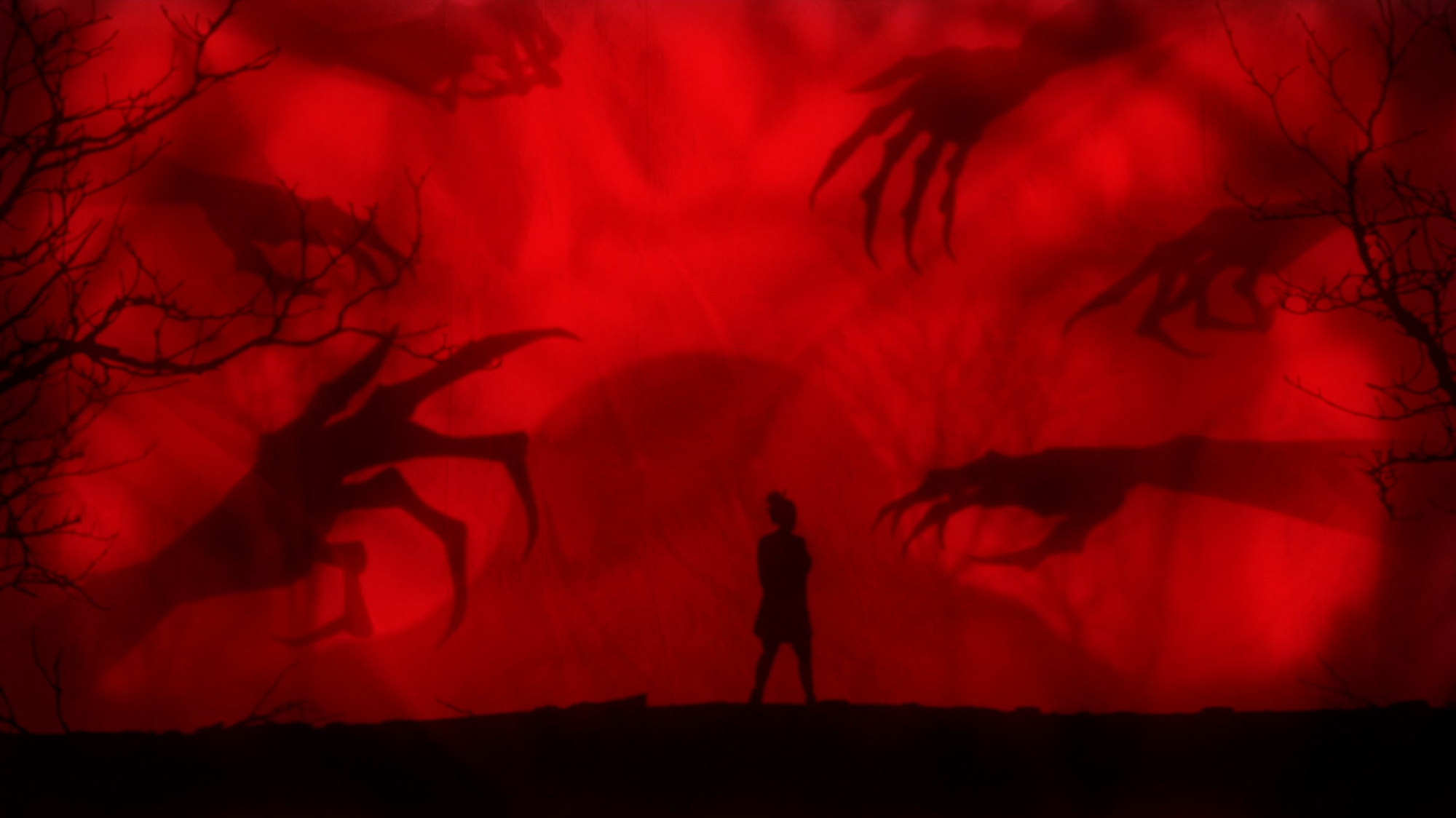
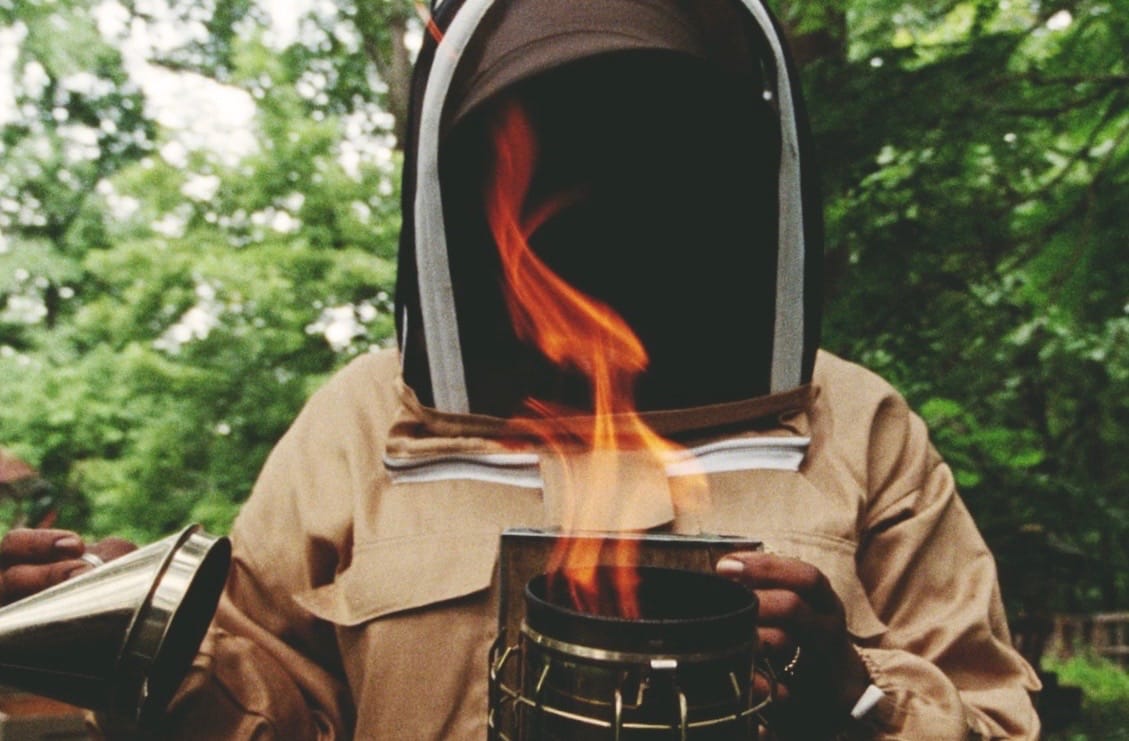
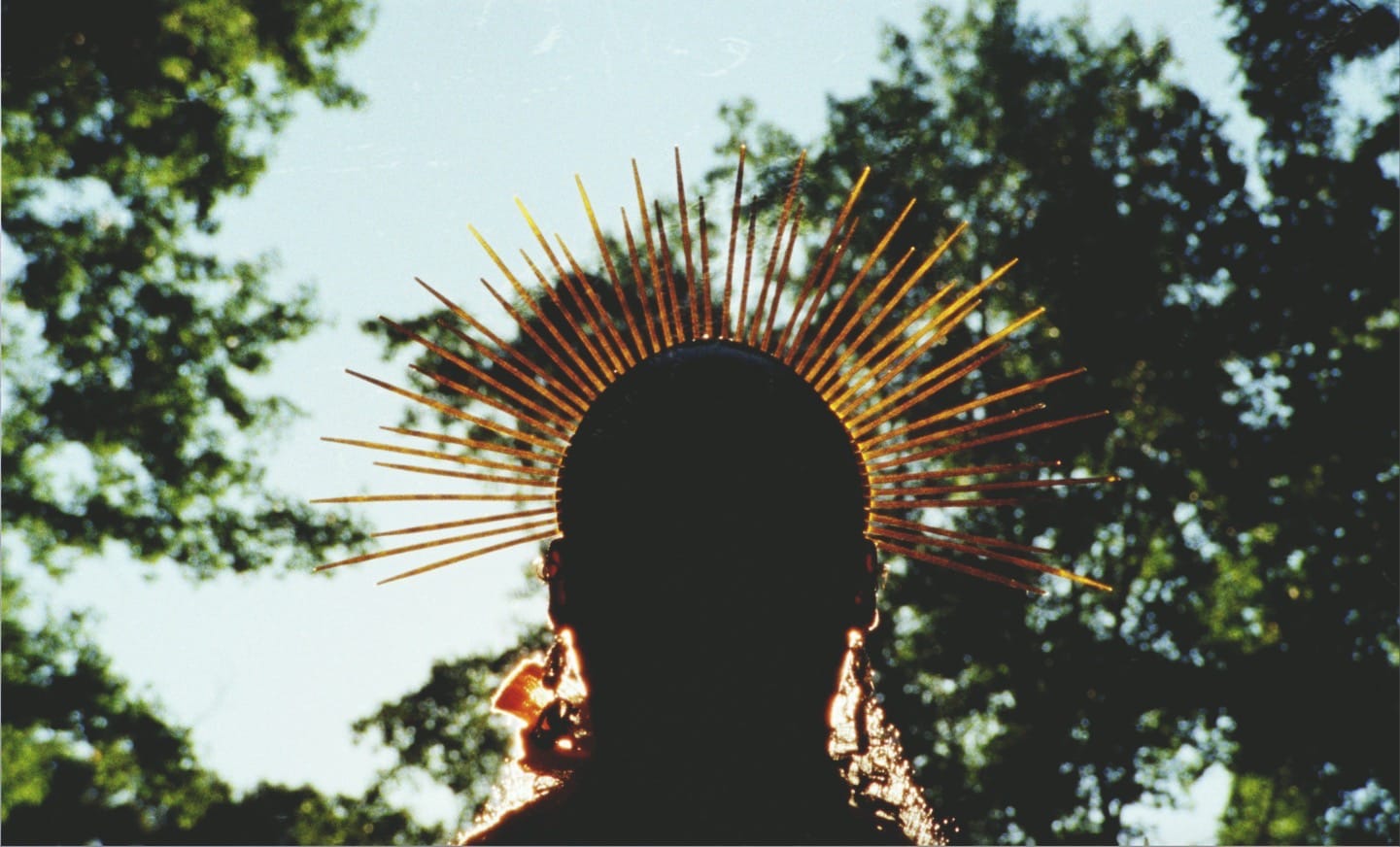
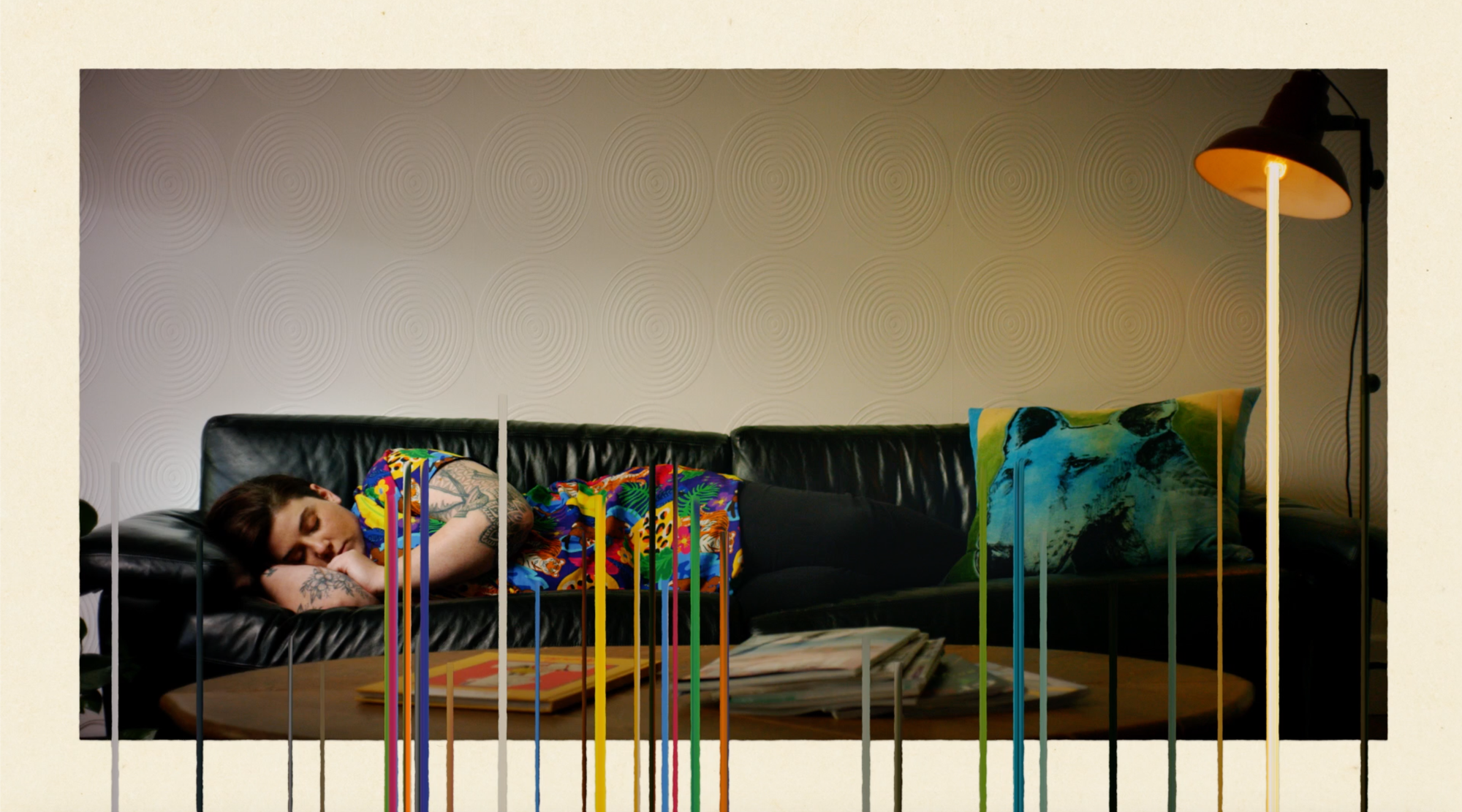
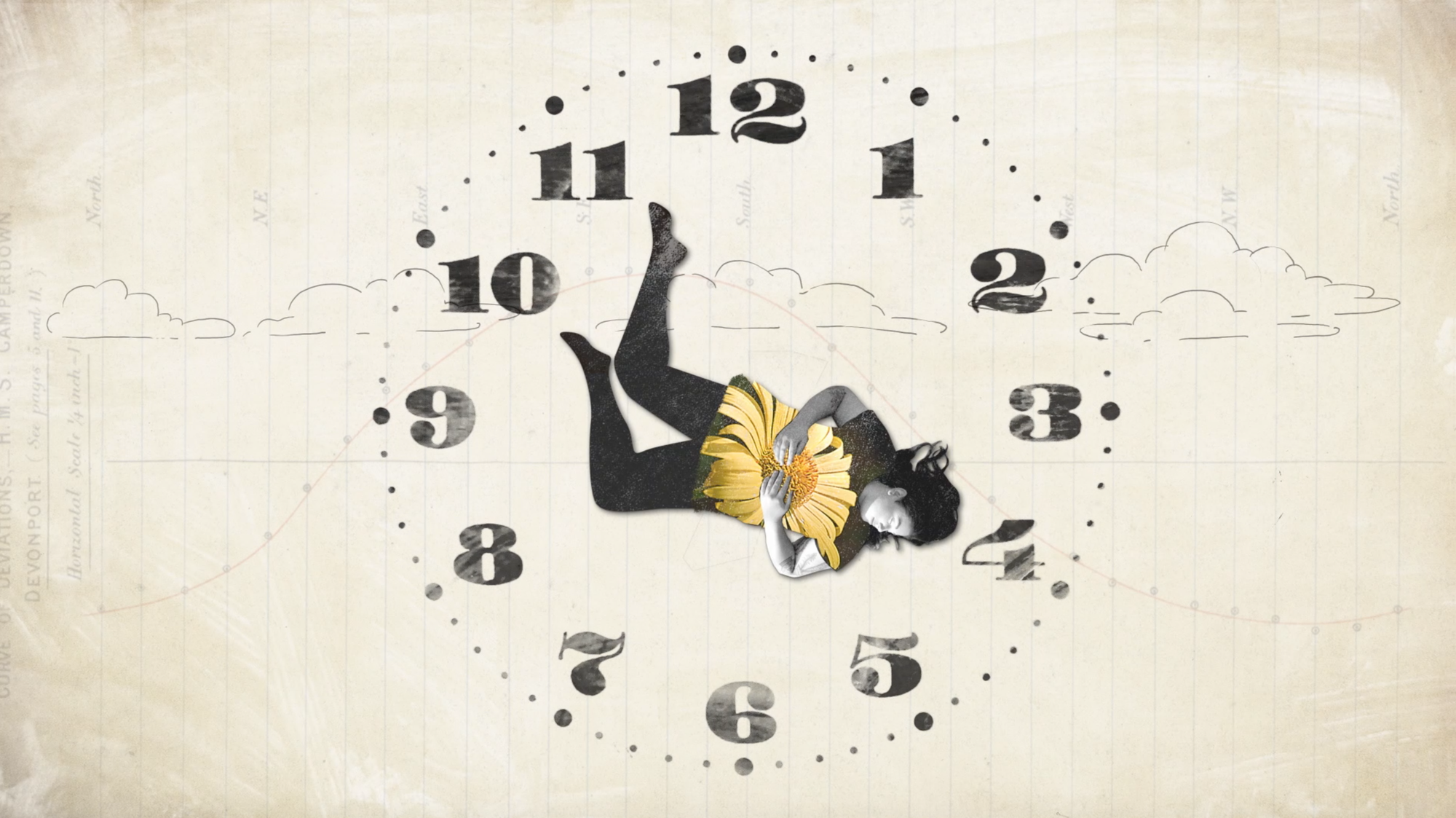
Has there been a moment in your life or in your work when you have realised that you had something, that you were where you belonged. Tells us about that.
I love this question. For me, the drug that keeps me coming back again and again are the small, flashes of brilliance that happen in the process of making a film. When the DP captures an unprompted bit of magic. When a subject says something so raw and moving that I find myself in tears behind the camera. Those moments give me chills. They’re what anchor me to this industry. I once made a film about assisted death [Dying on Your Own Terms], and I’ll never forget sitting in that man’s living room as he prepared to make the most impossible choice. In that moment I vividly remember thinking, there’s nowhere else in the world I’d rather be. I live for the stories.
Your documentaries are incredibly cinematic, with high production values. How do you approach these projects from a realisation perspective.
This style has been both a blessing and a curse. It forces me to outdo myself with every project—and that gets expensive. I dream big, especially in the treatment phase. I pour my heart into my initial slides, always hoping they’ll help secure the budget I need. But more often than not, they don’t unlock the money—they just keep me anchored to the vision in my head while also acting as a conversation starter for the rest of the team on what ideas we can execute with the budget.
From there, I usually dive into pre-interviews to build an audio cut of where the story should go. The edit will inevitably shift things, but at least it gives me a sense of what visuals I’ll need to chase. Then comes the hard part: reality. If I can’t get the funding, I have to get creative with the budget.
At the end of the day, I’ll always choose style over budget. My work is my calling card. It needs to reflect what I bring to the table.
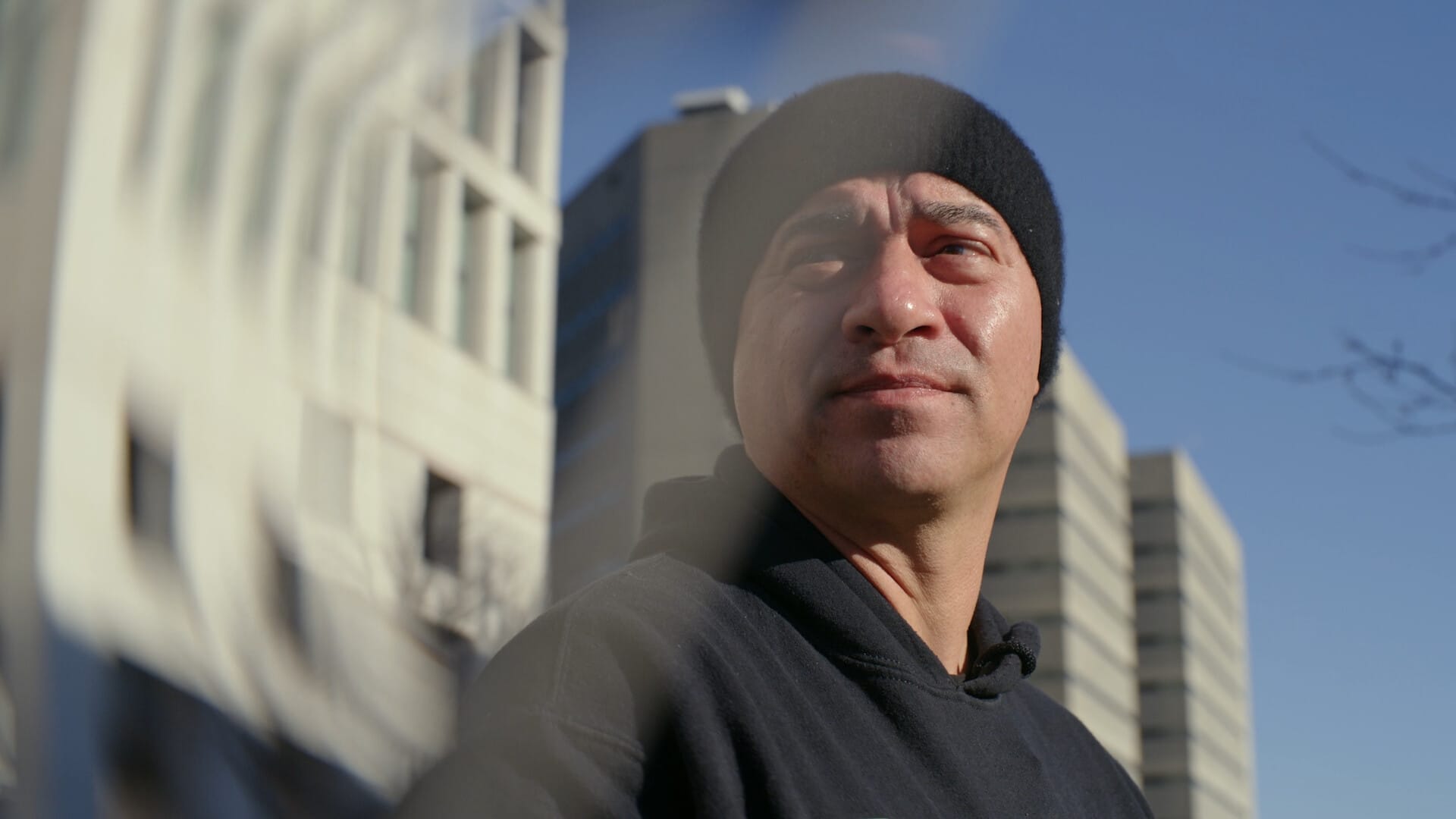
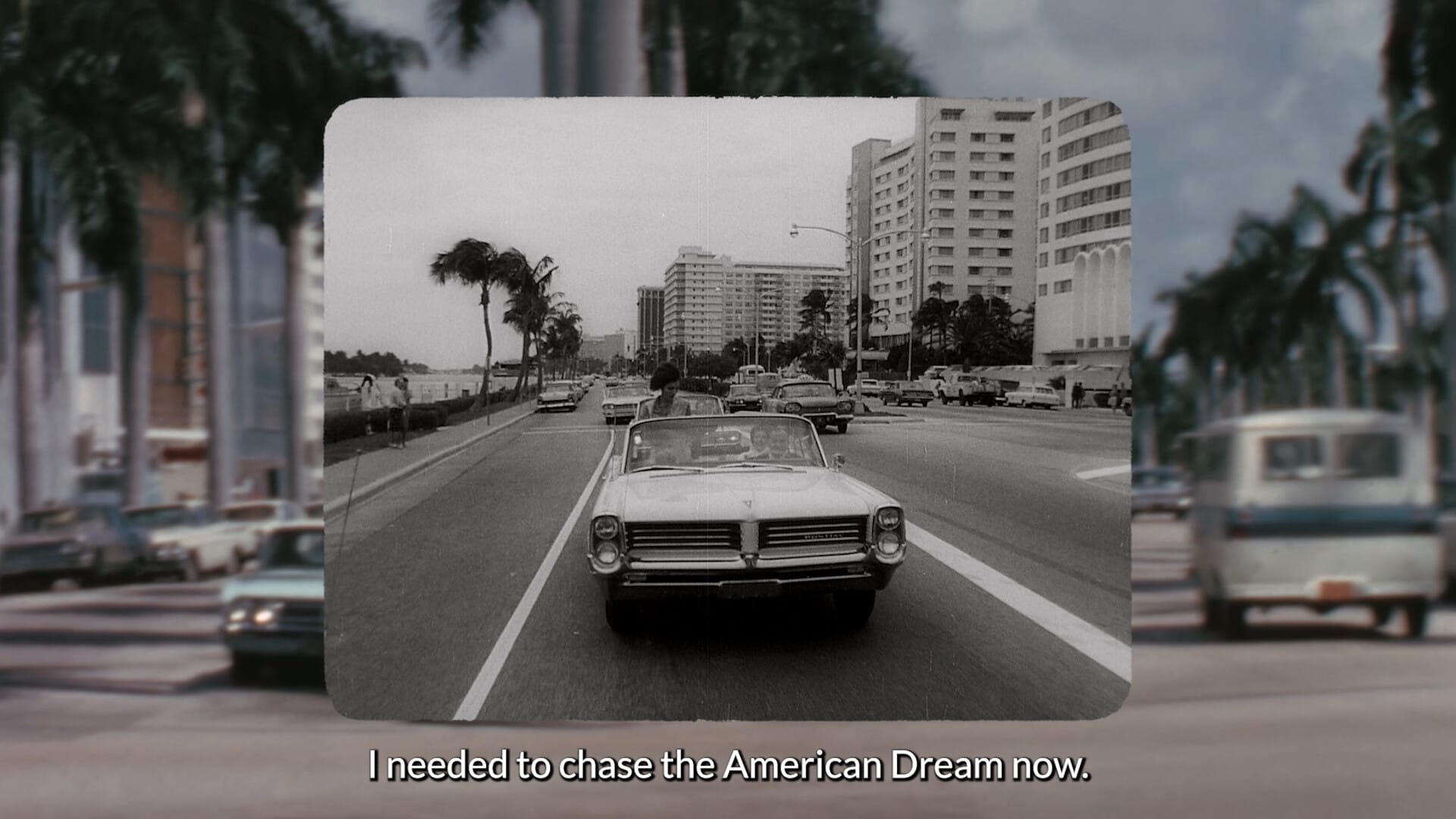
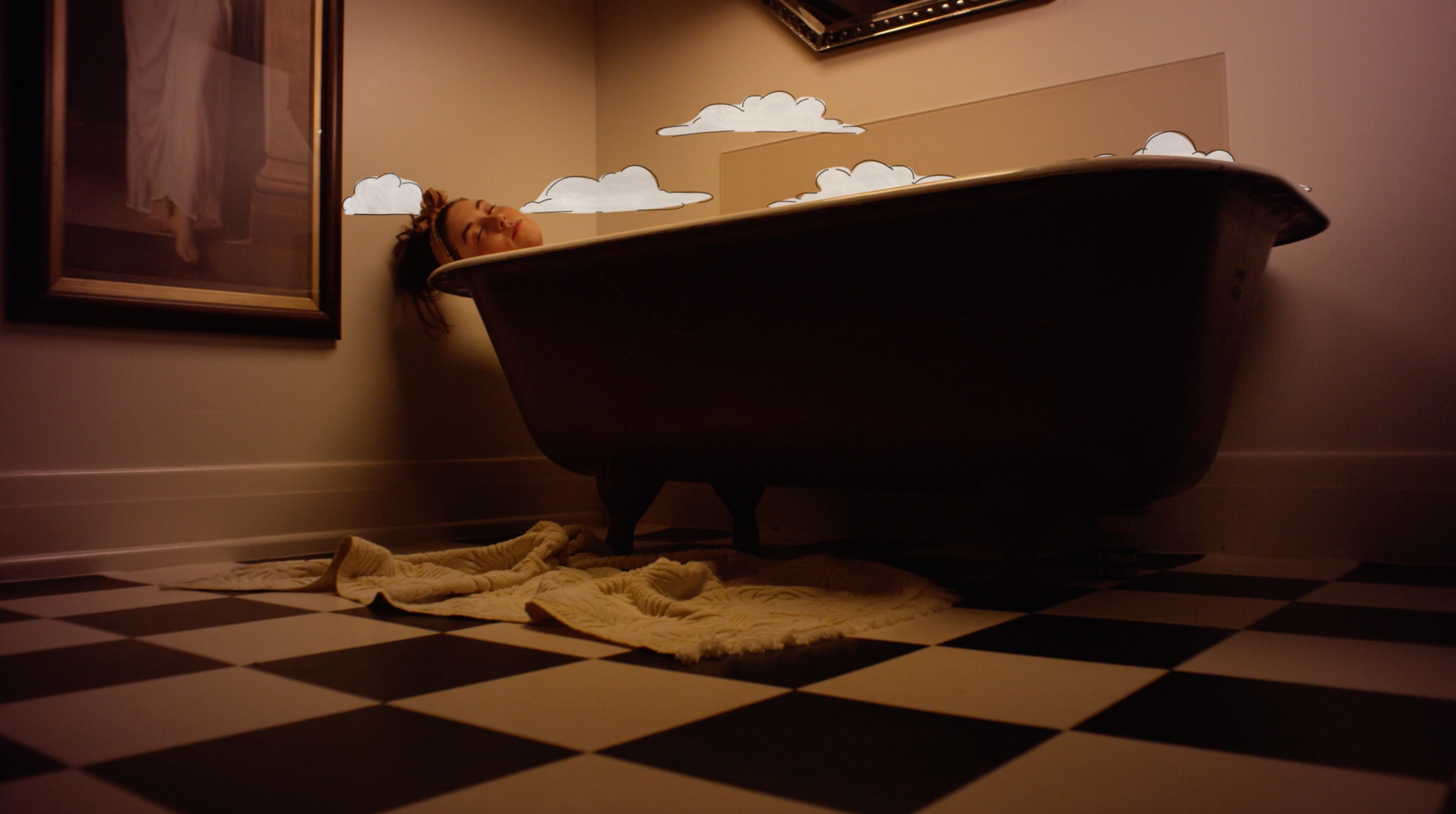
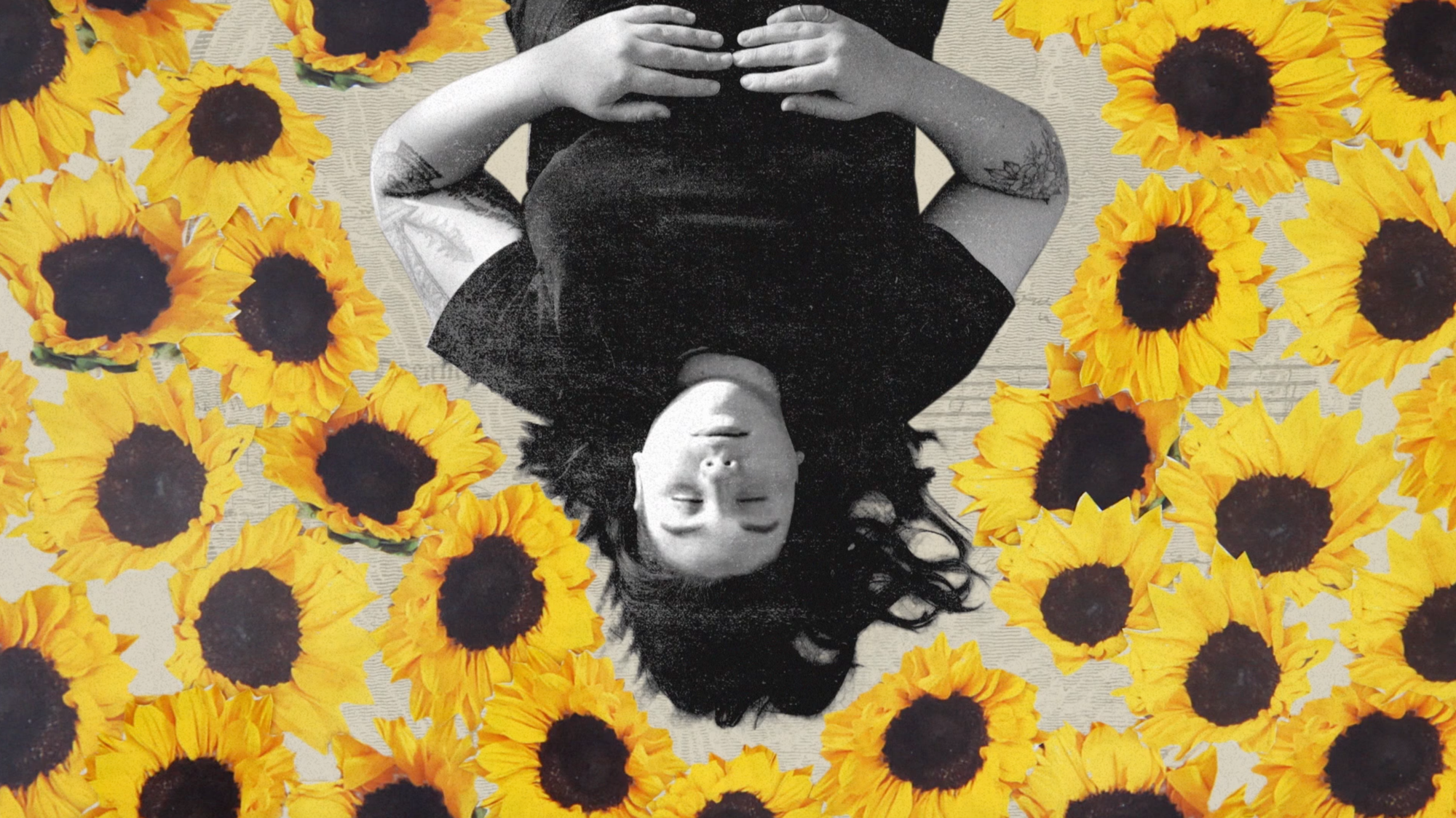
Filmmaking is incredibly complicated, logistical and laborious – how do you negotiate these requirements when working with your subjects who are talking about such delicate and emotionally vulnerable topics
I learned early on that real people aren’t actors—and they shouldn’t be treated like they are. I always imagine how I’d feel sitting on the other side of the camera, and I lead with that fear. My priority is making people feel comfortable every step of the way. In pre-interviews, I ask what topics they’re open to discussing and if there are any hard boundaries. They read and approve the initial paper edit. I try to keep the room as quiet and intimate as possible during filming—fewer people, fewer distractions. I also walk them through visuals and explain what the final piece might look like, so there are no surprises. I don’t believe in ambushing people with the final cut. I get to walk away when this is done. But the film featuring them- That lives on the internet forever. It’s important to me that they trust me enough to feel safe being vulnerable.
How does the documentarian seek out their themes and subjects? Are you out there hunting, or do these stories come to you?
I’d love for a story to just find me—but most of the time, I’m actively hunting. Many of my past films were branded, so the subject—often a medical condition—was assigned, and it was up to me to find the right person and the right angle. When it comes to my first feature, I’ve been patient. It has to click—something I can see clearly in my head. There have been a few stories I was ready to bet big on—but the subject wasn’t on board, or things fell through. So for now, I’m still focused on shorts.
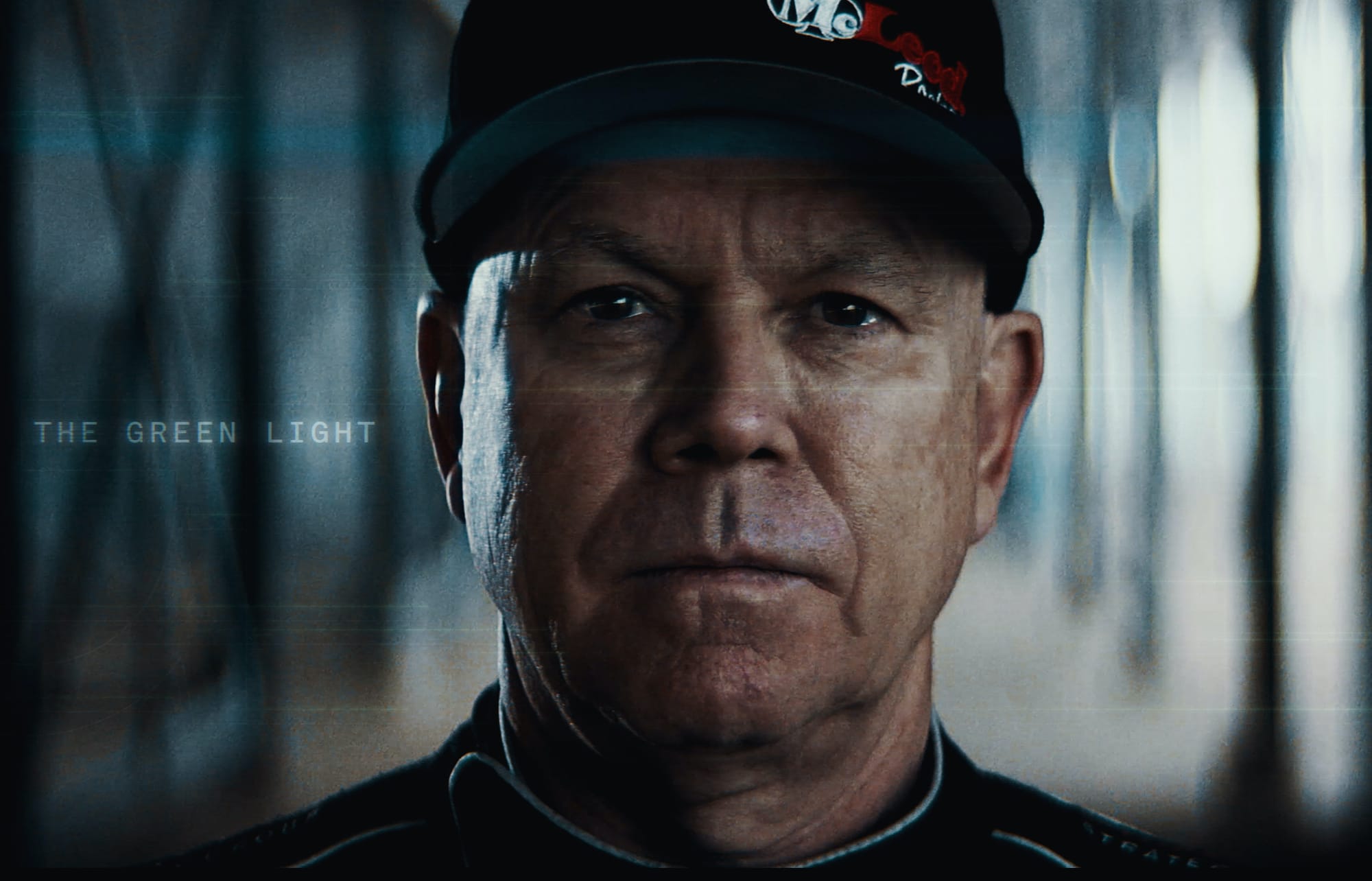
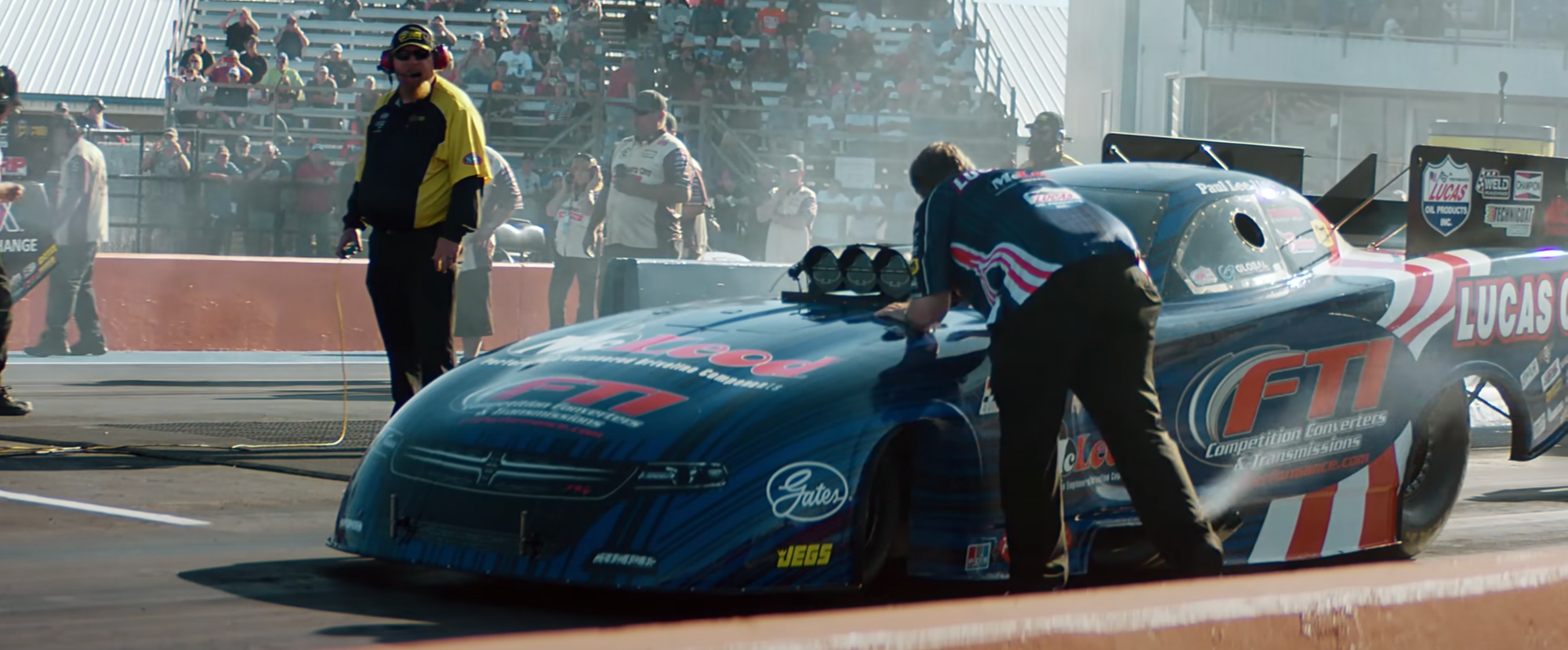
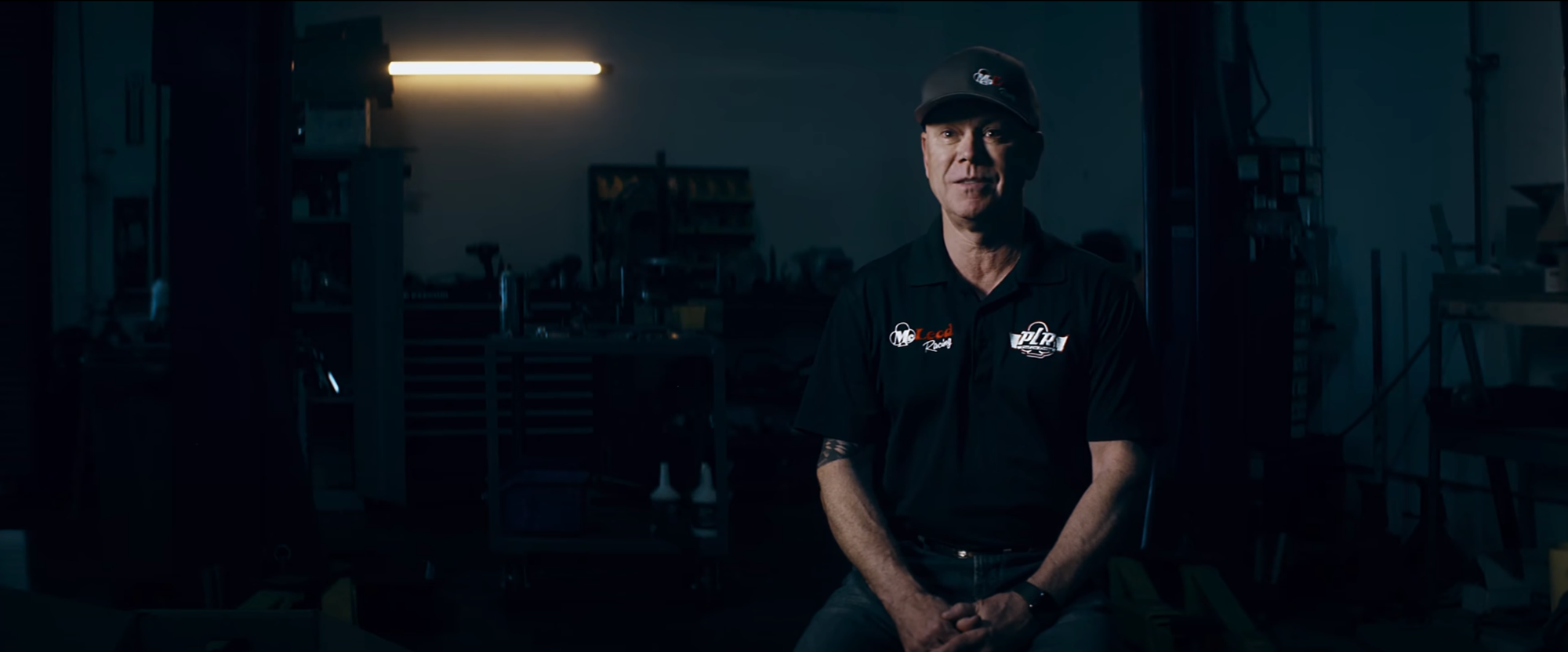
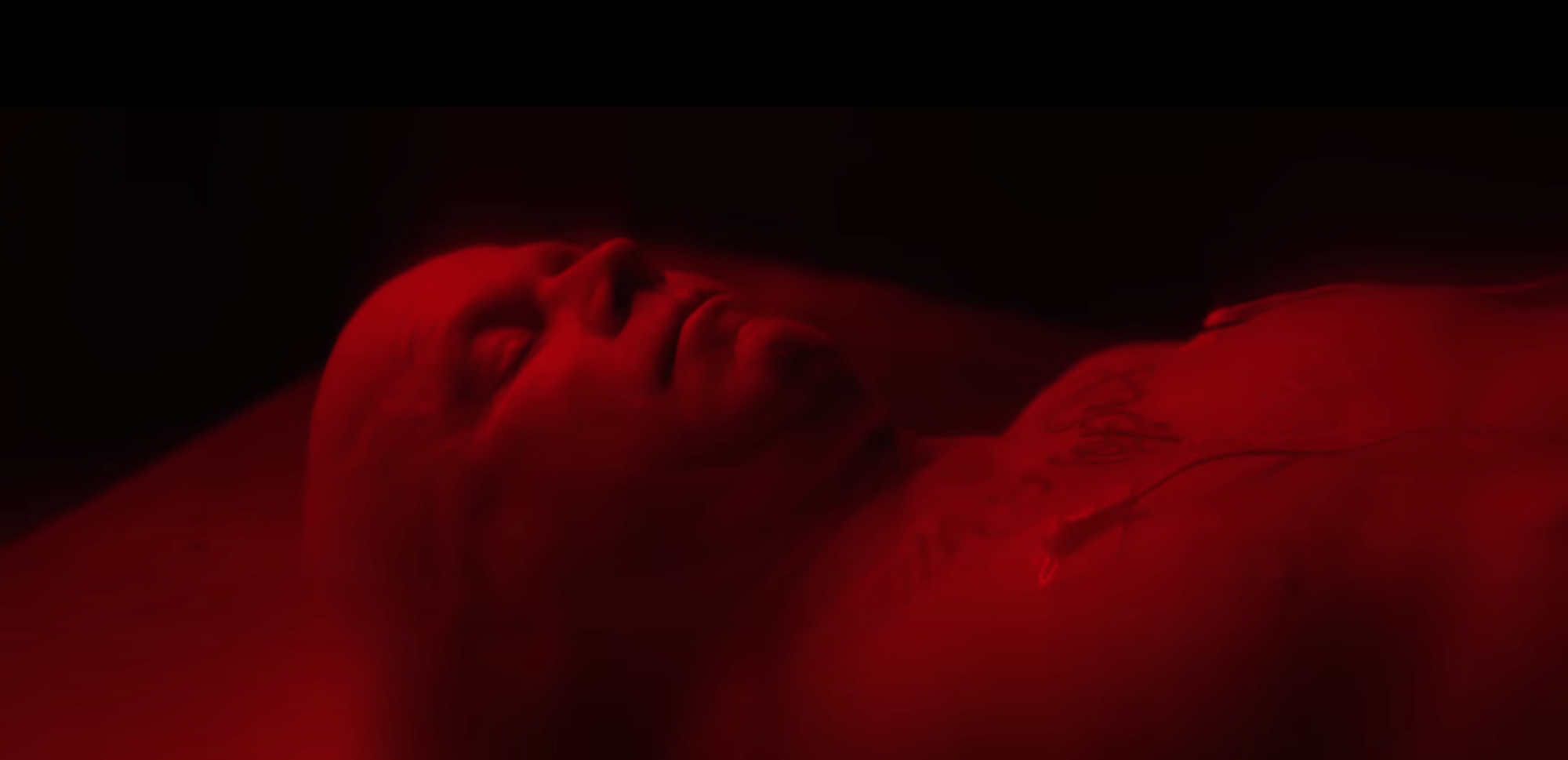
How can art help us?
Art gives shape to what we can’t always say—it translates pain, joy, and memory into something we can hold, see, or feel.
It reminds us we’re not alone, even in our most isolated moments. Art is connection.
Has your art positively helped your mental health in any way?
Art is my therapy—it’s how I get out of my own head. Dreaming and shaping new ideas helps me release what I’m carrying and make space for something lighter. It’s a detox, in a way. If I have nothing creative to focus on, I can easily spin out. It’s a tool I use to stay centred.
Let’s talk 'Depression is a Beast' – it’s a fantastic film that resonates with its authenticity and the openness of its subject. Tell us about how it came to be.
Thank you! I had just had a baby and was going through postpartum depression. One late night, I came across an article that said horror films could actually be therapeutic for people dealing with depression and anxiety. That idea stuck with me—the concept of a horror film-style PSA to explain what depression feels like. A few months later, almost serendipitously, someone from a health company I had previously worked with reached out about directing a branded doc on depression.
How did you work with Jenna on the content and the execution?
I had already created one of my typical book-length treatments before I even knew she was an option. Once she came on board, I started shaping it around her story. She was busy working on a feature, but still made time to answer my questions via voice memos which allowed me to create an audio cut. We did about three pre-interviews that way and ended up filming over just two days. Throughout the process, I kept her in the loop with visual boards and clips from the edit. She was incredibly open and collaborative from start to finish.

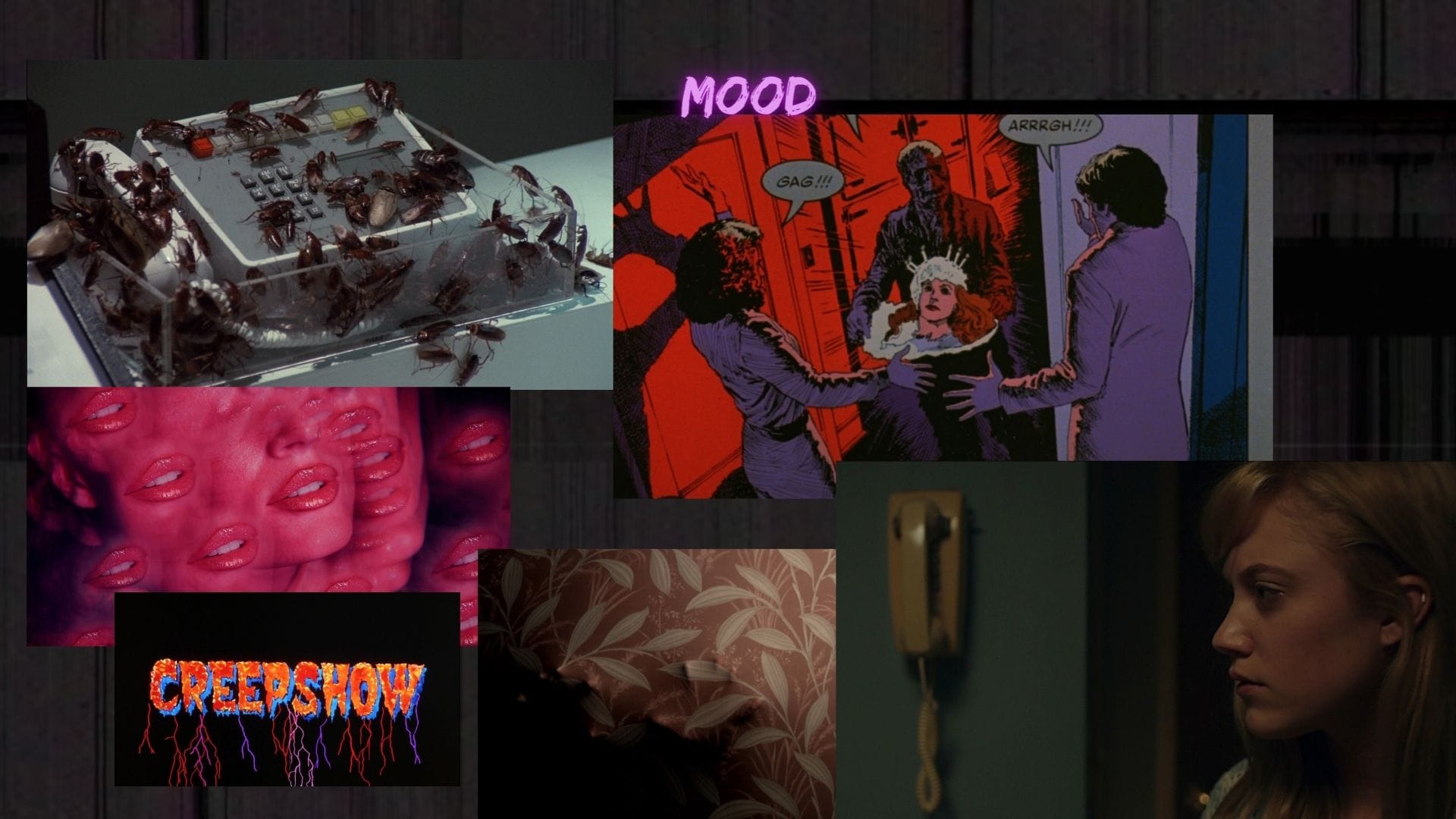
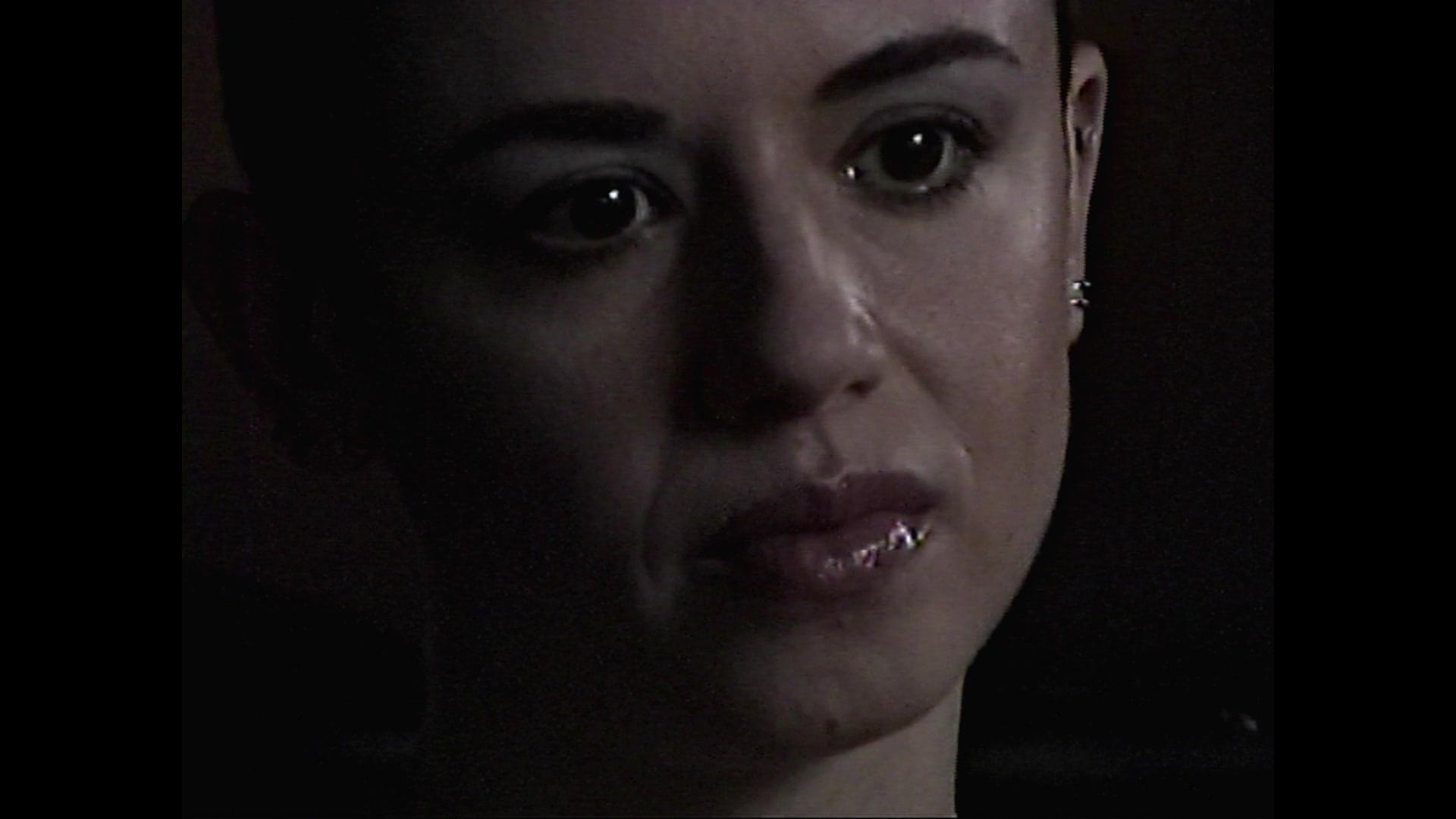
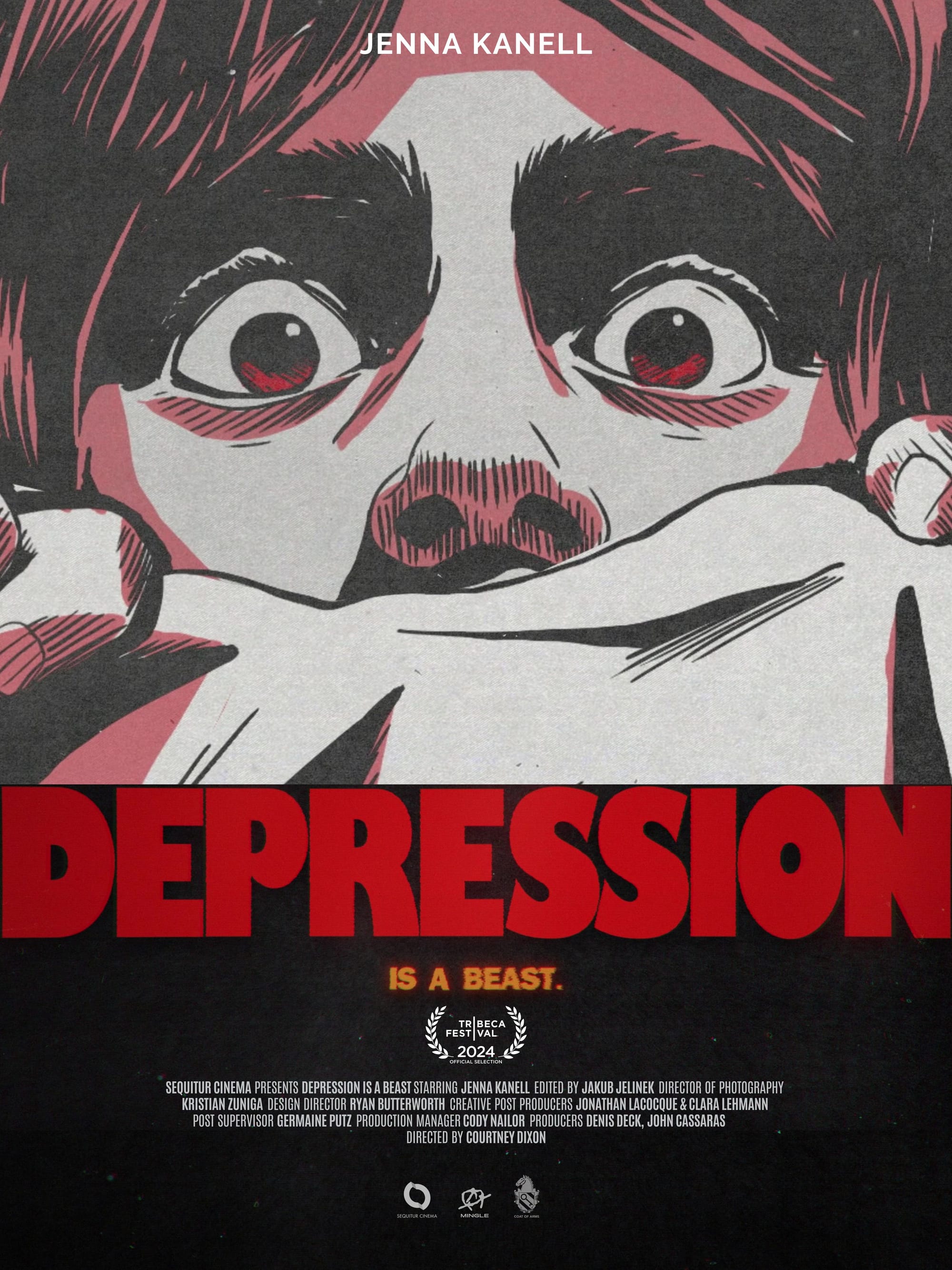
The water sequence is a bravura piece of filmmaking – it marries emotion with technique. Pure cinema. May you please talk us through this sequence – both conceptually and technically.
Poltergeist absolutely wrecked my childhood—I still have a visceral reaction to white noise. So I knew that texture had to make its way into the film somehow. During the pre-interview, Jenna mentioned a feeling of drowning, and it was a light bulb moment on how to incorporate the TV element. I brought the idea to the post team early on, and we tailored the concept to fit the budget. They helped me maximise the style and impact with just a few carefully planned shots. We used milk on the floor to create the water like movement- even a hairdryer to get it moving faster. I talked Jenna through the water rising and when to hold her breath. The rest was the magic of post, they really nailed it.
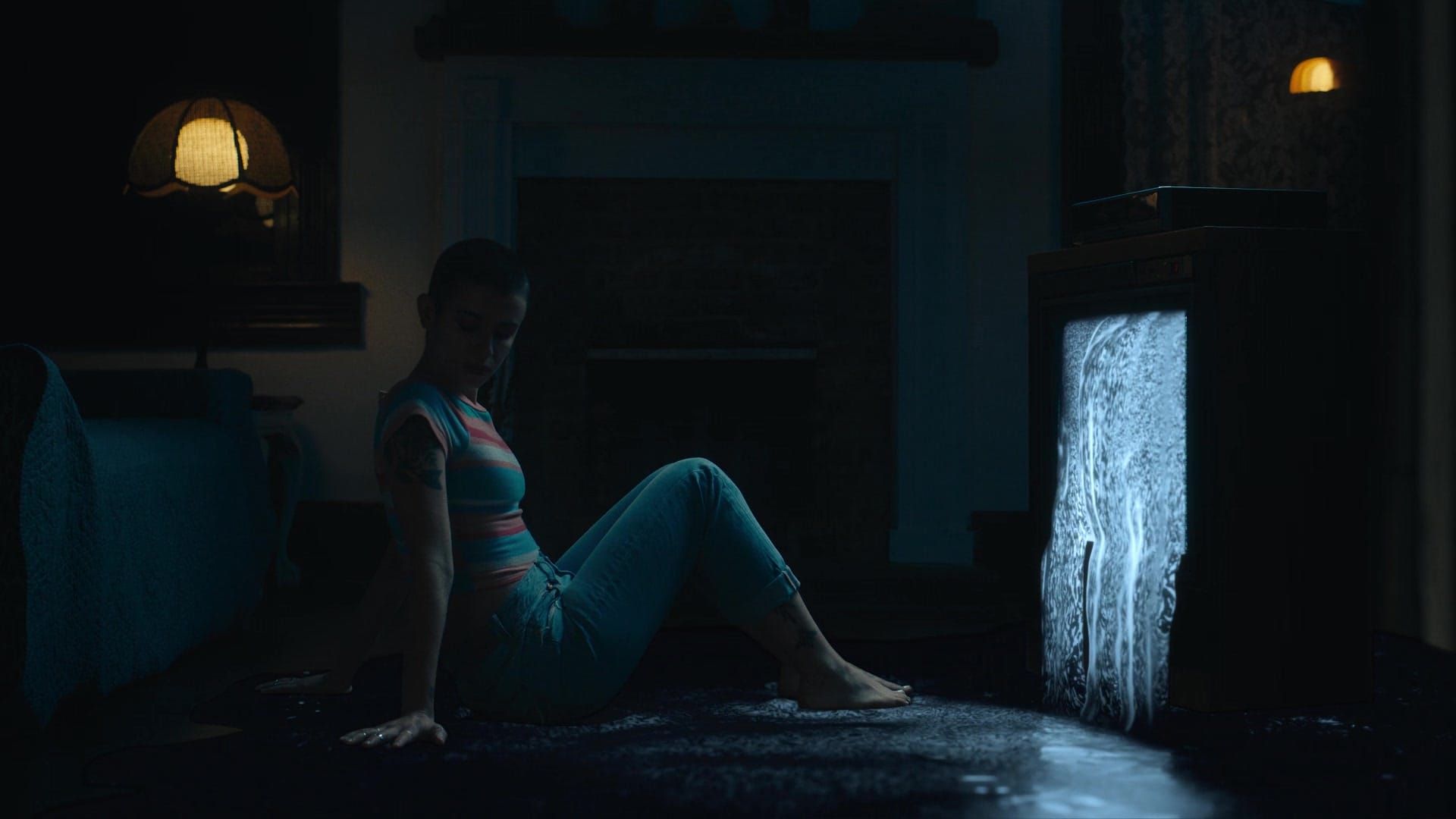
With dramatic or fiction filmmaking we can interpret, create and present a truth. With documentary, it seems one is seeking a truth, finding it and bringing it out and then presenting it. How do you thread the needle with finding the truth and preserving its authenticity and power without altering or overlaying it with personal or subjective opinion. Or maybe you marry the two?
I have to marry the two—I’m not a journalist, not even close. I’m a storyteller. My goal is to blend narrative and non-fiction in a way that raises awareness while creating an emotional experience. I want the audience to feel the film, feel the person, through the visuals. That only works when the foundation is built on powerful, authentic stories—real voices that give the wild imagery its meaning and depth
There is an adage that ‘every film is a miracle’ due to the huge challenge in getting it made, let alone seen. Does this ring true for you and your projects?
Absolutely—it’s always a climb. I’ve always been in the trenches to get a film made. Over time, I’ve learned to create work I truly love, so that even if it doesn’t get seen or appreciated the way I hoped, it still lives on my reel as a reflection of who I am—and moves me one step closer to the project where everything finally aligns.
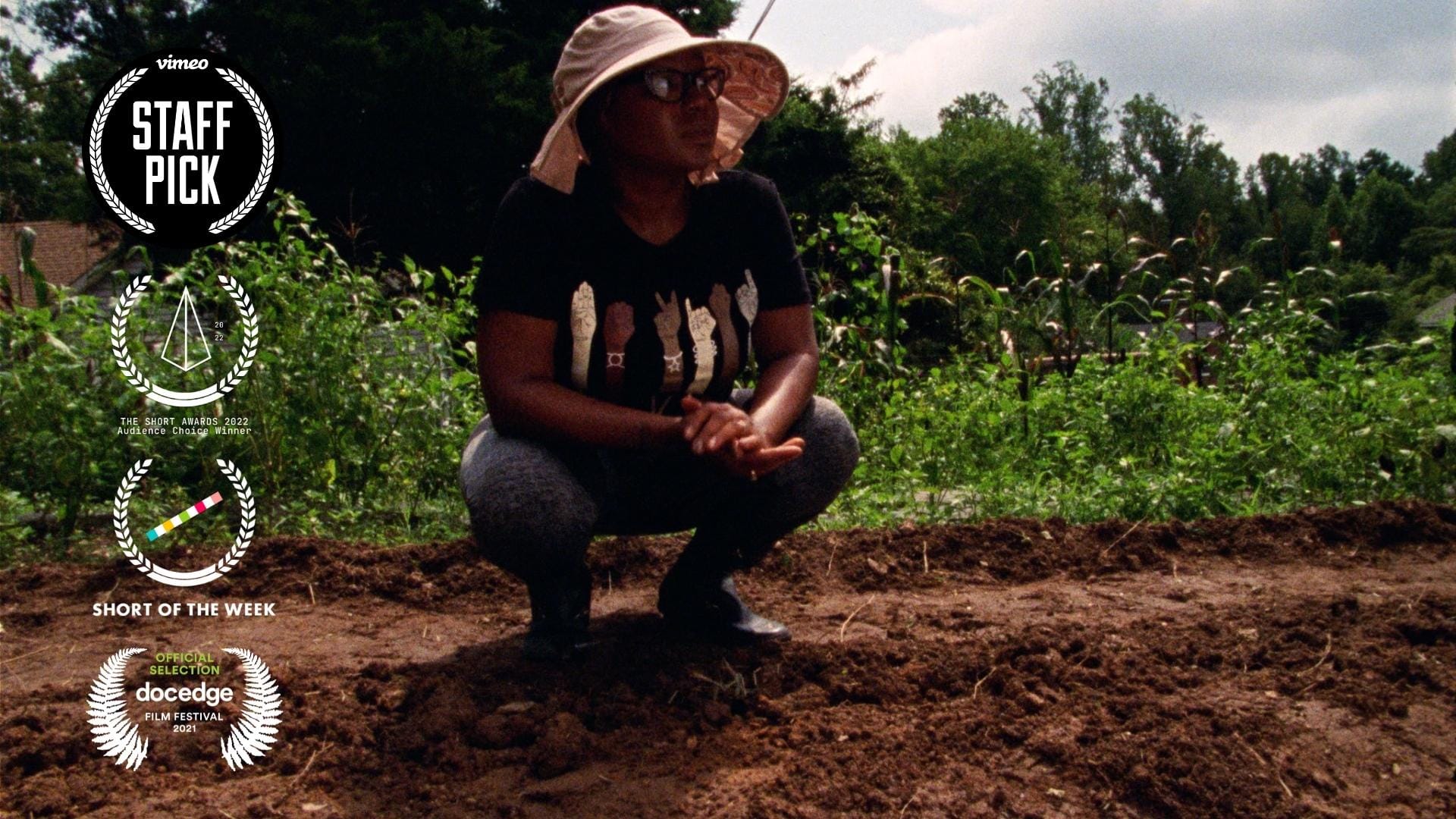
How collaborative was your set?
I love collaboration—the collective energy of artists coming together as a crew. I want people to feel inspired to share a shot idea or throw out another interview question. I make sure to get what I need, but then I leave space for that input—for sparks to happen. My goal is to create that kind of space, not just for myself, but for everyone on set.
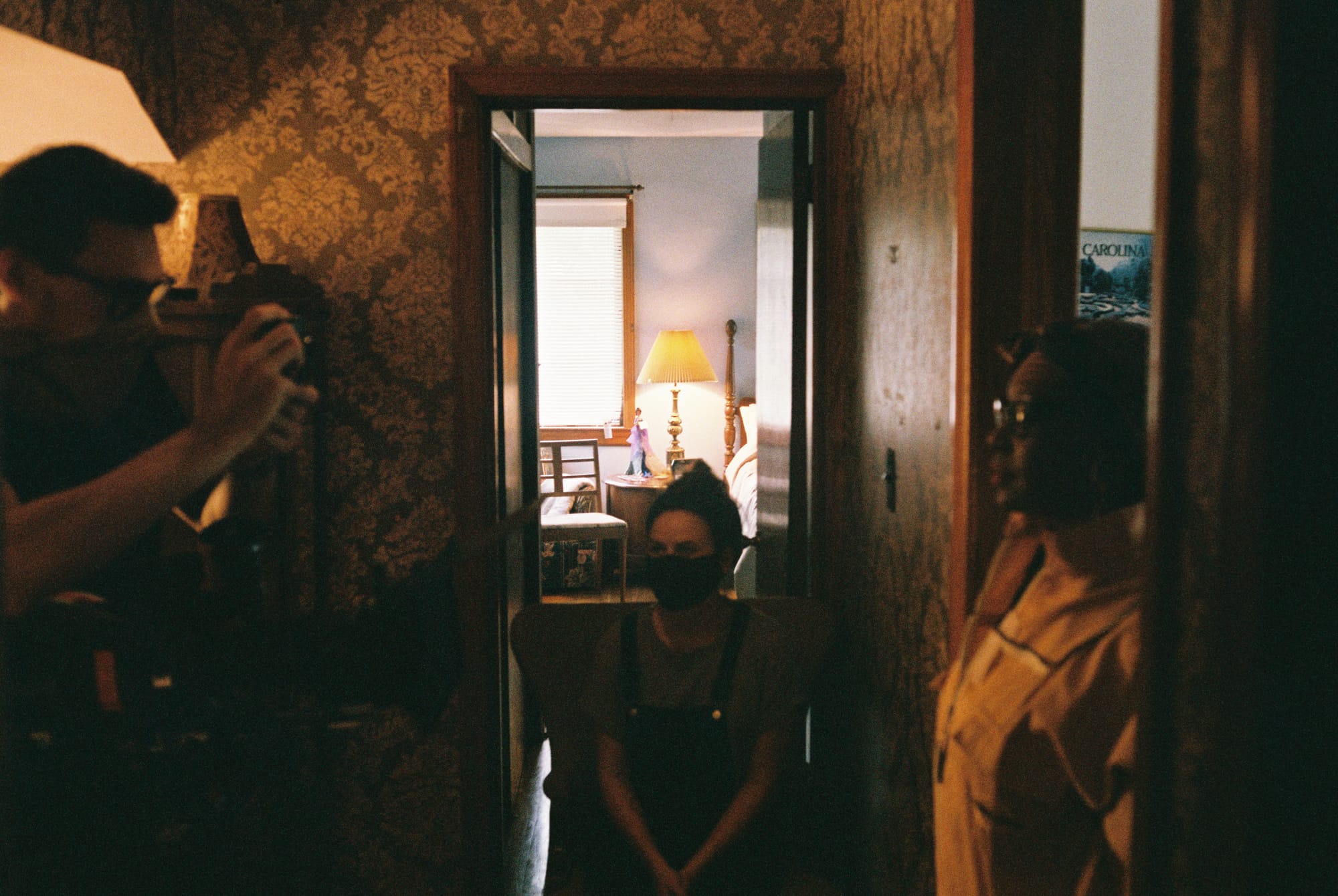

Sometimes it’s better to leave an idea that isn’t working and move on, and sometimes it’s better to keep going and wrestle it into being. How do you know when to step away, or when to push on?
Great question- one that I struggle to answer for myself! For me, it usually comes down to a gut feeling. If the thought of letting something go makes me feel sad—or like it would weaken the story—then I know it’s worth fighting for. I usually start with too many ideas, so it becomes a process of cutting back and figuring out what truly matters.
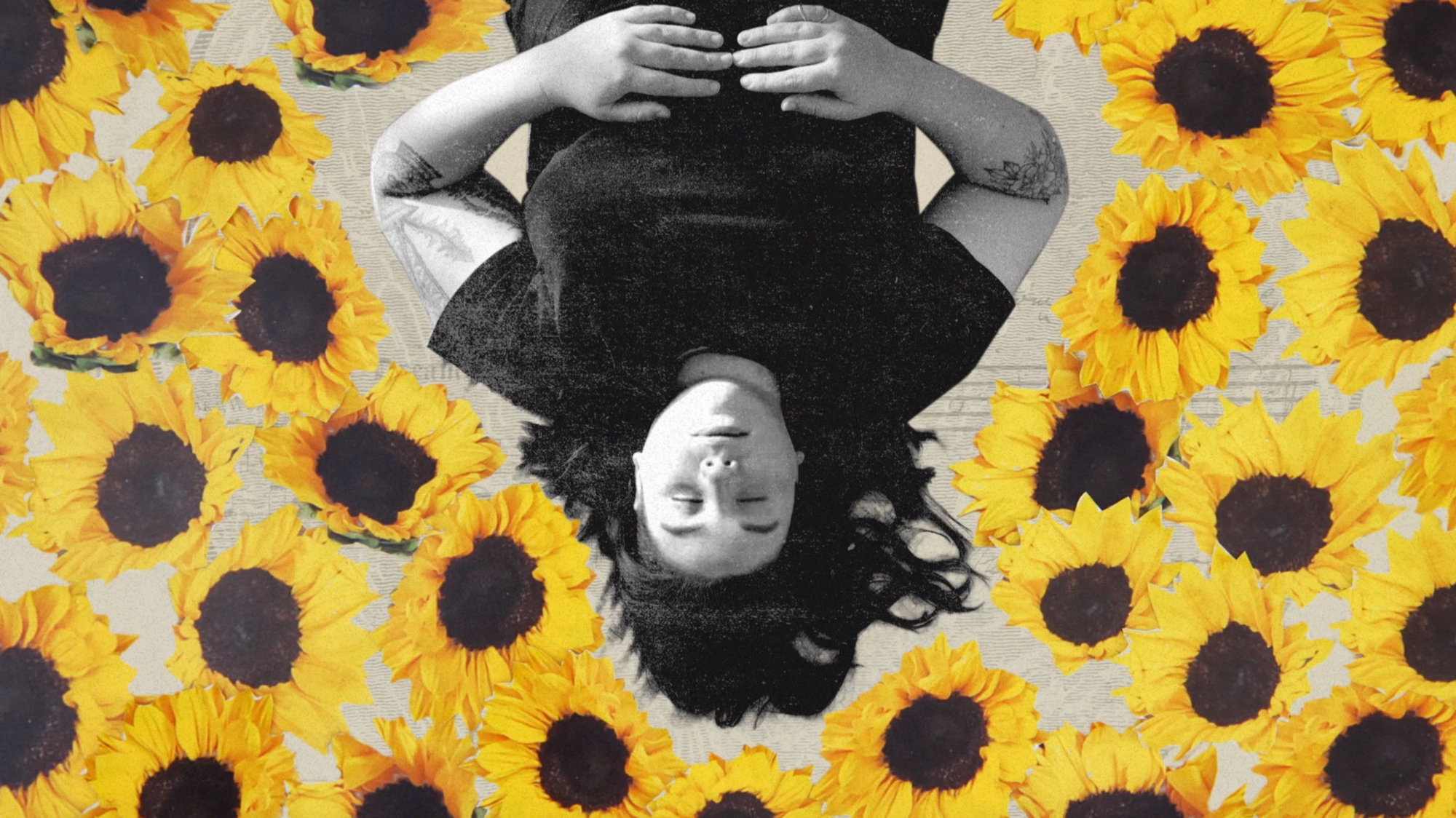
How do you know when it’s done?
I don’t! I could keep editing the same thing forever. But usually, there’s a moment when I finally watch the film as a viewer—not as a director—and it resonates. That’s when I know: okay, I can stop here... for now. Most of the time, I’m watching for visuals, pacing, or tiny tweaks, so I rarely get to experience the film emotionally until that moment arrives. That’s when I force myself to stop.
What advice would you give to any filmmakers out there who are trying to put together their projects?
Find your thing and lean into it. Let every project be an opportunity to refine your voice and to show people what you can bring to the table. I stopped filling my portfolio with work that didn’t reflect who I was—and that shift made all the difference for me. It released me of the need to be something I’m not. Also, learn how to accept rejection. Rejection is at the heart of this industry—make peace with it. You’ll hear an ungodly amount of no’s. Festivals often program around specific themes or agendas, so your film might be strong, but not the right fit. Your pitch could be solid, but another filmmaker may have had the exact story they were looking for. This is a career built on resilience. If you're getting silver linings along the way, trust them—and keep believing in yourself. Understand it is a long game for some of us- the best advice I was ever given.
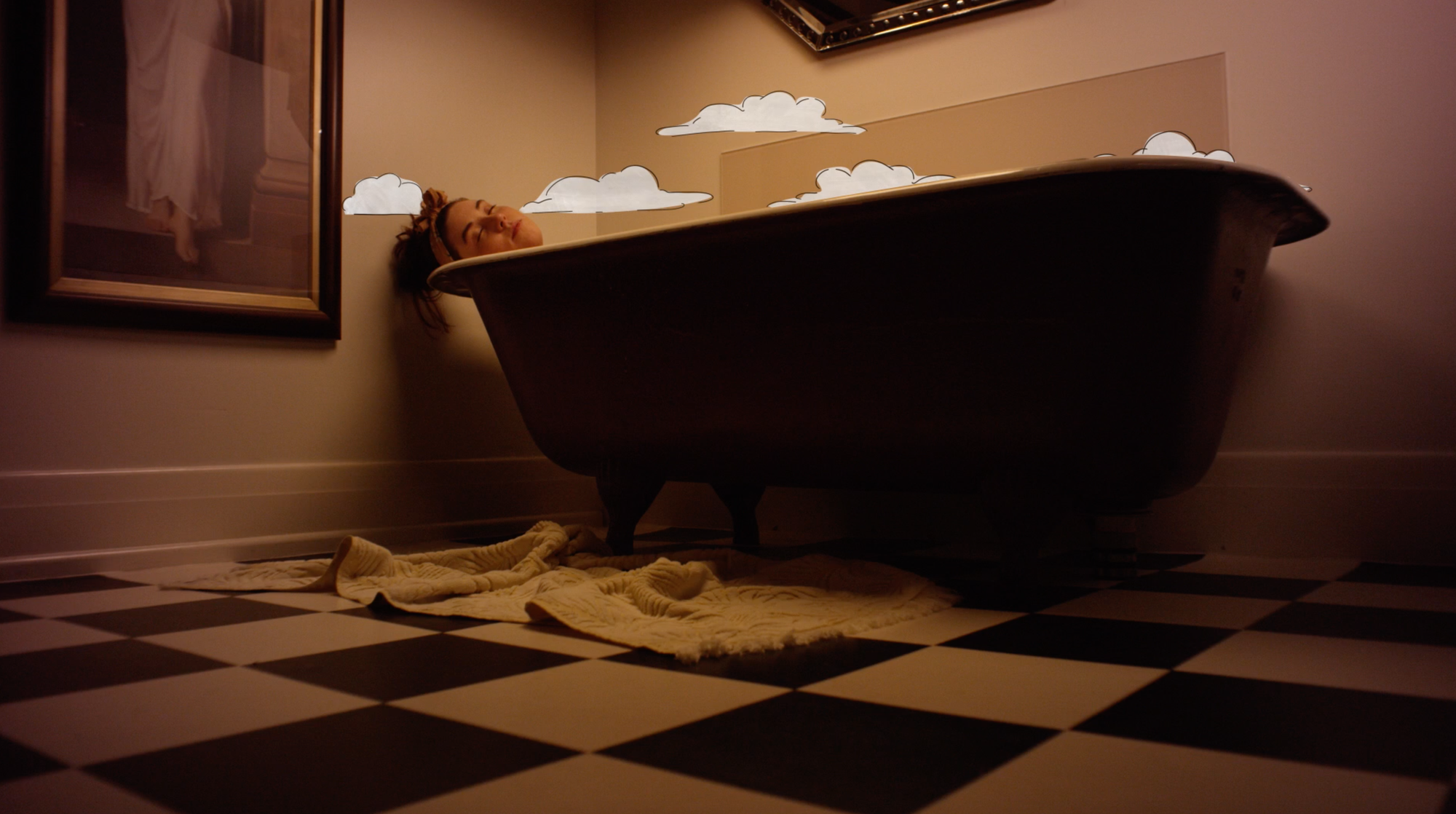
And there we have it! Wonderful insight and advice from a great filmmaker who, clearly, believes in the work and is using authenticity as their engine. We really love Courtney's final slices of advice - particularly these choice pieces of wisdom;
"Find your thing and lean into it... it released me of the need to be something I'm not"
We can't stress that last part enough - in fact it's a core tenet of TheNeverPress and a maxim we try and live by day to day; Be wild. Be free. As Courtney believes, and has proven, backing yourself to actually be yourself and not some version that fits into what other people want is hard...but it is the way. So from Courtney Dixon and TheNeverPress...
Don't be something you're not. Be wild. Be free.
We're constantly on the look out for new artists, creatives and initiatives to feature in TheNeverZine - so if you are, or know someone who is going their own way and doing their own thing on their own terms and would be a good fit to feature please smash that button below and get in contact. By talking to each other, and sharing our journeys, ideas and insights on creativity, art, mental health and resilience we can all create, share and thrive together. Nice thought that.
PS - Don't forget to subscribe below for more content from TheNeverPress 👇
